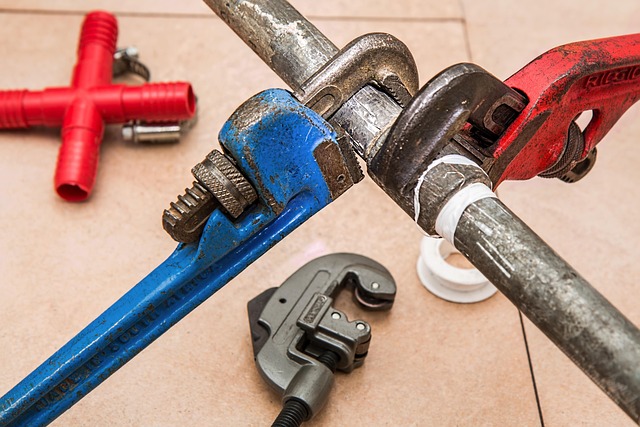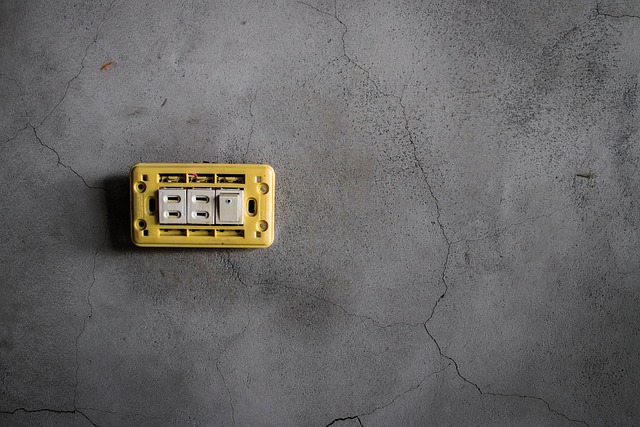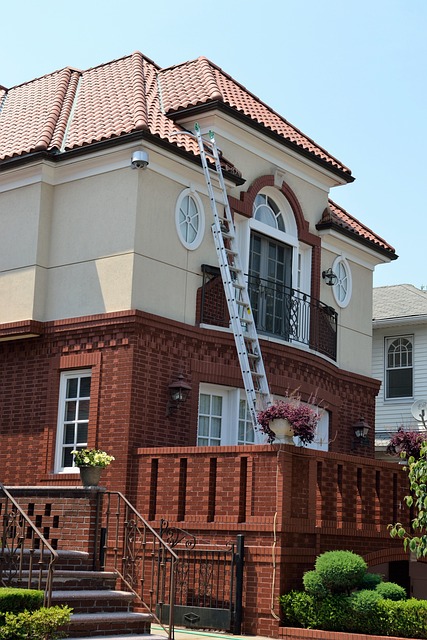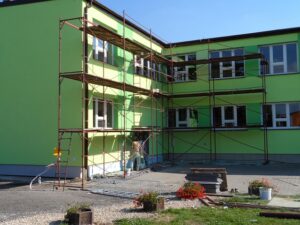Residential slab cracks are common due to settling, shifting soil, moisture, and structural weaknesses, manifesting as various types like vertical/horizontal, stair-step, and corner cracks. Accurate crack identification is crucial for selecting effective repair methods, ensuring the slab's structural stability. Safety, proper gear, ventilation, and thorough cleaning are essential before using epoxy or hydraulic cement to fill and seal cracks, preventing further damage and maintaining foundation integrity. Regular maintenance, including inspections and drainage, is key to managing and preventing cracks.
Residential slab cracks can range from mere aesthetics to structural concerns. Understanding the causes and types of these cracks is essential for effective crack repair, ensuring your home’s foundation remains strong. This comprehensive guide delves into the intricacies of residential slab restoration, covering everything from assessing damage to best practices and common mistakes to avoid. Learn about crack inspection, safety measures, repair techniques like epoxy injection and hydraulic cement, and maintenance tips to prevent future slab cracks.
Understanding Residential Slab Cracks: Causes and Types

Residential slab cracks can be a common concern for homeowners, but understanding their causes and types is essential for effective crack repair. These cracks typically occur due to various factors such as settling, shifting soil, excessive moisture, and structural weaknesses in the concrete. Over time, these issues can lead to vertical or horizontal fissures that range from hairline to significant gaps.
There are several types of residential slab cracks, each requiring specific attention. Vertical cracks, often referred to as “diagonal cracks,” usually result from shrinking or settling of the concrete. Horizontal cracks, on the other hand, commonly indicate underlying structural problems or uneven soil pressure. Other crack patterns include stair-step or corner cracks, which can be caused by temperature changes and concrete shrinkage. Identifying the type of crack is crucial in determining the best course of action for crack repair.
Assess the Extent of Damage: Crack Inspection

When assessing a residential slab for restoration, the first step is to thoroughly inspect the surface and substructure for any cracks. These cracks can range from hairline fissures to larger breaks that compromise the structural integrity of the slab. A close inspection using specialized tools helps identify the severity and type of damage, guiding the subsequent crack repair process.
Professionals in residential slab restoration will closely examine various factors like the width, depth, and length of cracks, their pattern, and whether they are active or dormant. This detailed analysis determines the appropriate repair methods, ensuring the slab’s stability and longevity. By understanding the extent of damage through crack inspection, homeowners can make informed decisions about the best course of action for their property’s restoration.
Preparation for Repair: Safety Measures and Materials

Before embarking on any crack repair, safety should be the top priority for homeowners considering residential slab restoration. The first step involves donning appropriate protective gear, including gloves, safety glasses, and a mask to prevent exposure to dust and debris. Ensure proper ventilation in the area to mitigate health risks associated with breathing in contaminated air. Gather all necessary materials, such as epoxy or polyurethane-based crack fillers, cleaning solutions, and tools like wire brushes and chisels. These products are designed for durability and long-lasting results, addressing both functional and aesthetic concerns.
Proper preparation is key to successful crack repair. Clean the slab surface thoroughly by removing loose debris, grease, and oil using a suitable degreaser and a wire brush. This step ensures that the filler adheres firmly to the concrete. Fill the crack with the chosen material, ensuring it completely covers and seals the gap. Smoothen the top layer for an even finish, allowing the filler to cure according to the manufacturer’s instructions.
Techniques for Crack Repair: Epoxy Injection vs. Hydraulic Cement

When it comes to repairing cracks in residential slabs, two common techniques stand out: epoxy injection and hydraulic cement. Epoxy injection is a highly effective crack repair method that involves injecting a mixture of epoxy resin and hardener into the crack. This process not only fills the existing crack but also creates a strong bond that prevents further damage. The advantage of epoxy injection lies in its durability, as it can withstand significant structural stress and chemical exposure, making it ideal for areas with high foot traffic or extreme weather conditions.
On the other hand, hydraulic cement is a fast-setting material that hardens upon contact with water. It’s an economical option for crack repair compared to epoxy injection. Hydraulic cement can be easily mixed and applied, making it suitable for smaller cracks or areas that don’t experience heavy traffic. While effective in the short term, hydraulic cement may not offer the same level of longevity as epoxy, as it’s more susceptible to degradation from moisture and extreme temperatures over extended periods.
Step-by-Step Guide to Crack Filling and Sealing

Crack filling and sealing is a crucial step in residential slab restoration, ensuring structural integrity and extending the life of your concrete surface. Here’s a straightforward guide to help you get started. First, clean the cracked area thoroughly, removing any loose debris or dirt with a pressure washer or wire brush. This prepares the surface for optimal adhesion. Next, apply a suitable crack filler designed specifically for concrete using a putty knife or trowel. Ensure the filler completely fills the crack, creating a smooth, level surface.
After allowing the filler to cure according to the manufacturer’s instructions, it’s time to seal. Use a high-quality concrete sealer and apply it evenly over the restored slab. Sealing provides an additional barrier against moisture, preventing further damage from setting in. Regular crack repair and sealing can save you from costly repairs down the line, maintaining the beauty and functionality of your home’s foundation.
Best Practices for Long-Lasting Results

When it comes to residential slab restoration, implementing best practices is key to achieving long-lasting results. The first step in this process is crack repair. Using high-quality epoxy injections or polyurethane foams to fill and seal cracks not only prevents further damage but also stabilizes the structure. It’s crucial to address cracks promptly, as even minor ones can signal deeper issues that could compromise the slab’s integrity over time.
After crack repair, applying a protective coating is another essential practice. These coatings create a barrier against moisture, chemicals, and extreme temperatures, all of which can contribute to slab degradation. Regular maintenance inspections are also vital. Regularly checking for new cracks, signs of water damage, or any other abnormalities allows for early intervention, ensuring that minor issues don’t develop into major problems that require more extensive (and costly) repairs.
Common Mistakes to Avoid During Slab Restoration

During slab restoration, a number of common mistakes can be avoided with careful planning and professional expertise. One of the most crucial errors to prevent is attempting DIY crack repair without proper knowledge or tools. While minor cracks might seem harmless, they can indicate larger structural issues that require expert attention. Attempting to fix them yourself could lead to further damage or an incomplete repair, compromising your home’s safety and value.
Another mistake to steer clear of is neglecting regular inspections. Regular checks for signs of damage or sinking can help identify slab issues early on, making repairs more manageable and cost-effective. Failing to address these problems promptly can result in extensive damage and costly renovations down the line. Prioritize scheduling periodic assessments to avoid these pitfalls and ensure your slab restoration project’s long-term success.
Maintenance Tips to Prevent Future Cracks

Regular maintenance is key to preventing future cracks in residential slabs. One effective practice is to inspect your slab foundation at least once a year for any signs of damage or stress. By doing so, you can catch potential issues early on and take appropriate action before they develop into larger problems that require costly crack repair.
During these inspections, look out for small cracks, especially those wider than 1/8th of an inch. These could be indicative of settling or structural shifts in your home’s foundation. Addressing them promptly can prevent further damage and keep your slab in good condition. Additionally, maintaining proper drainage around your house is crucial; ensure downspouts direct water away from the foundation to prevent erosion that might contribute to crack formation.
